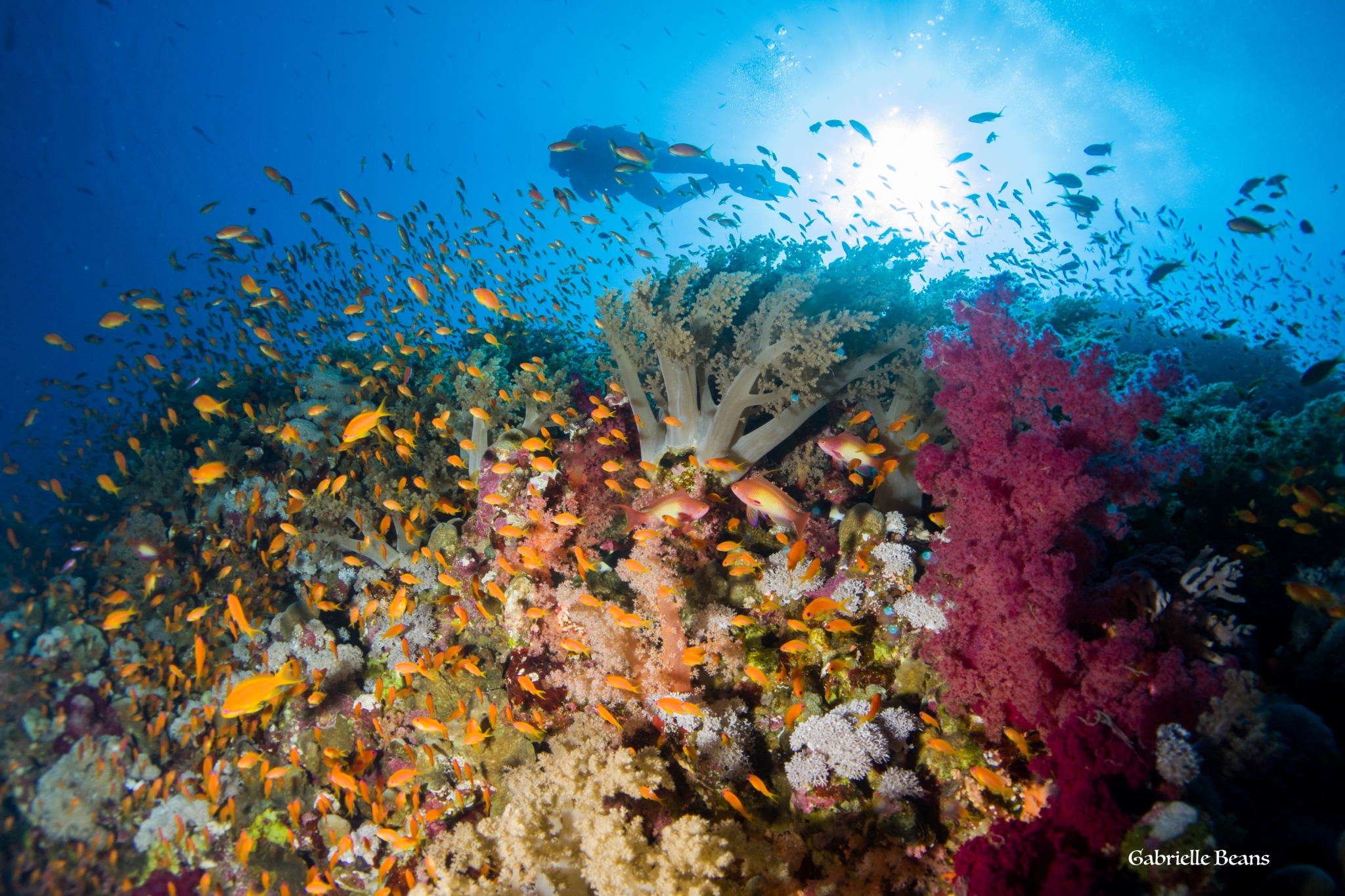Species of animals and plants with low abundances organize in ghettos to survive
Similar to the organization of human cities, animal and plant communities have ghettos or ethnic neighborhoods, where low-abundant species group to enhance their persistence against more competitive species. This unexpected ecological pattern is the principal conclusion of an international study about biodiversity in competitive environments.
“Animal and plant communities organize like human cities, with ghettos,” says Joaquín Calatayud, a former postdoc in Integrated Science Lab at Umeå University. This organization could underlie the persistence of rare species as they escape from the pressure of better competitors by cooperating or by using different microhabitats.
The results of this study, published in Nature Ecology & Evolution, suggest a general explanation for maintained biodiversity in competitive environments, a Gordian knot in current ecological research. Joaquín explains: “In highly competitive environments, more efficient competitors should eliminate rare species. Nevertheless, multiple rare species exist together in ecological communities.”
To conduct this study, the authors analyzed more than 300 worldwide distributed communities, including mosses, plants, insects, and corals. “Combining network theory to detect the ghettos and numerical simulations to explore the mechanisms behind them, we find that the spatial grouping of low-abundant species enhances their persistence,” says Joaquín.
These findings provide a better understanding of how species form ecological communities. “The results can influence multiple applications where the coexistence of species is crucial, including conservation strategies and studies of human diseases related to the gut microbiome,” says Joaquín and finishes: “The fact that the specific mechanisms leading to groups of rare species remain unknown calls for a novel research agenda.”
Read the original paper
Joaquín Calatayud et al. (including Martin Rosvall and Magnus Neuman, Umeå University): Positive associations among rare species and their persistence in ecological assemblages. Nature Ecology & Evolution. DOI 10.1038/s41559-019-1053-5
For more information, please contact:
Joaquín Calatayud, Integrated Science Lab, Department of Physics. Now: Biodiversity department, King Juan Carlos University, Madrid, Spain.
Phone: +34 601 395 450
E-post. joaquin.calatayud@umu.se
This post was translated from the Swedish press release found here.

